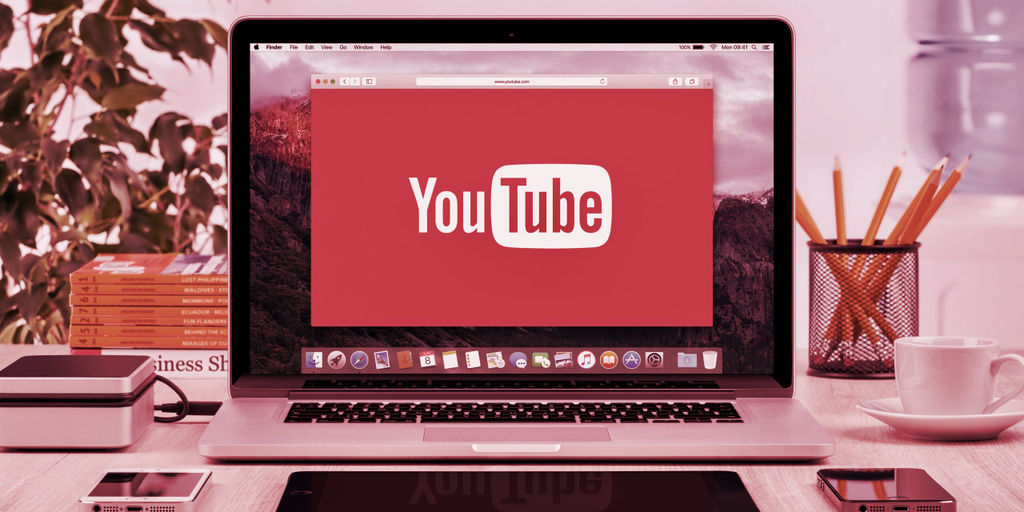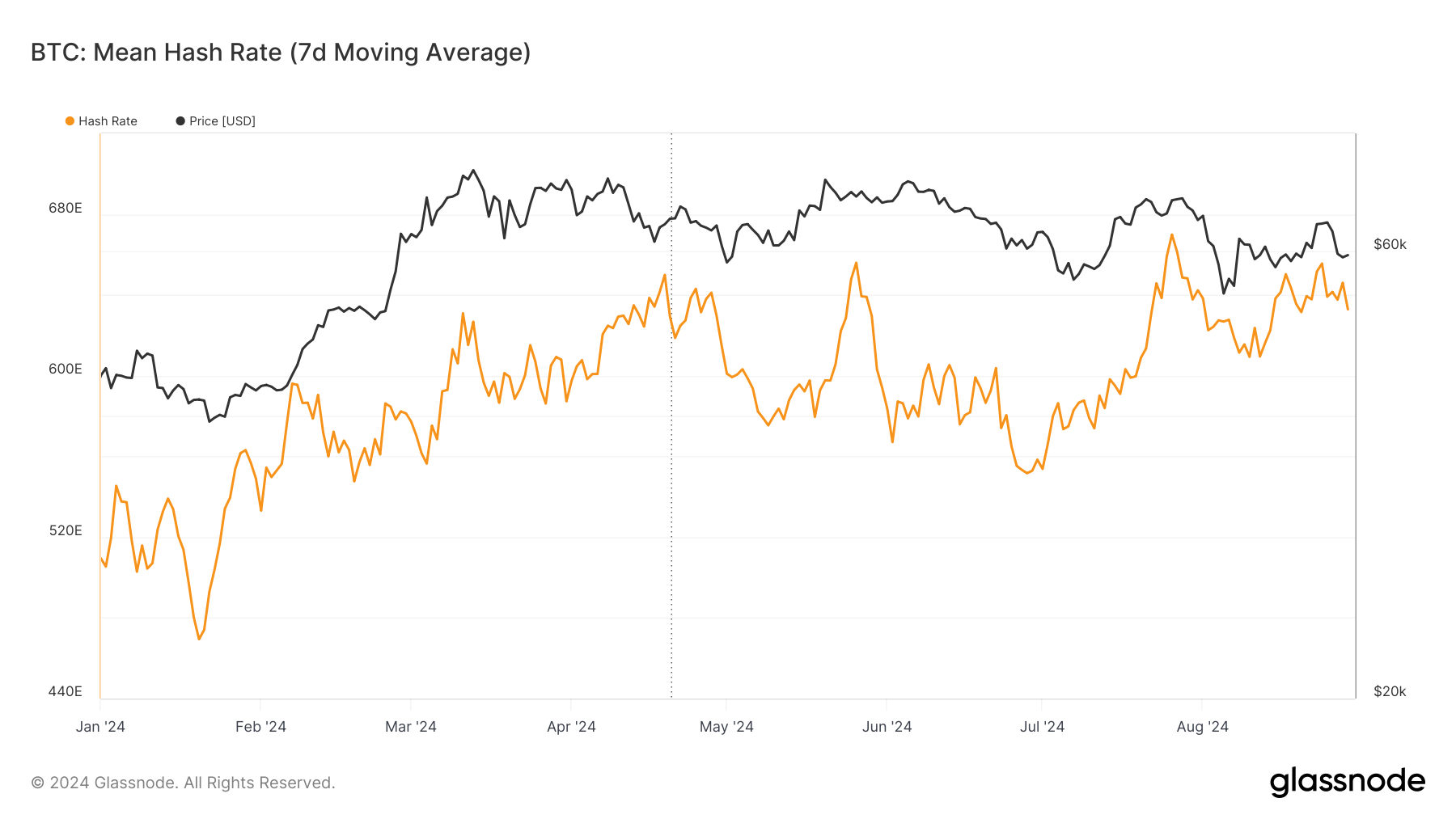
After serving as YouTube’s Chief Product Officer for over seven years, Neal Mohan was appointed last week to lead the Google-owned streaming platform after former CEO Susan Wojcicki said she’d be stepping down.
His ascendance bodes well for fans and advocates of Web3 technologies.
Wojcicki announced her resignation in a blog post. In praising Youtube’s “incredible leadership team,” she commended Mohan for playing a pivotal role in the launch of products like YouTube TV and YouTube Music, stating he’ll be a “terrific leader.”
Wojcicki also praised Mohan for his robust understanding of YouTube as both a business and one of the most popular places for communities to congregate. “He has a wonderful sense for our product, our business, our creator and user communities, and our employees,” Wojcicki wrote.
As one of the most popular websites in the world, the popularity and reach of YouTube cannot be understated. From September to November last year, the website ranked only behind Google in terms of use, with 74.8 billion visits on average per month, according to Statista.
During his long tenure shaping YouTube’s offerings, Mohan has kept an open mind about the evolution of the internet and its assorted platforms. Last year, he disclosed in a blog post that YouTube was looking at ways it could possibly integrate Web3 technology, whether by “making YouTube more immersive” by leveraging the metaverse or tapping technology like NFTs, unique digital tokens that are often used to assert ownership of online content.
“We believe new technologies like blockchain and NFTs can allow creators to build deeper relationships with their fans,” Mohan wrote. “There’s a lot to consider in making sure we approach these new technologies responsibly, but we think there’s incredible potential as well.”
For example, Mohan wrote that NFTs could be a compelling, “verifiable way for fans to own unique videos, photos, art, and even experiences from their favorite creators,” adding it would allow creators and audiences to collaborate in new ways.
In terms of the metaverse, Mohan stated the technology’s use is “still in its early days” but said YouTube will “work to bring more interactions to games and make them feel more alive.”
Even though the concept of a metaverse isn’t explicitly built around blockchain technology—the term was coined in 1992 by author Neal Stephenson in his science fiction novel “Snow Crash”—popular projects like The Sandbox and Decentraland use blockchain technology to establish the ownership of digital land and other assets.
Google itself has also leaned more heavily into Web3 services within the past year. In October, the company announced the launch of a cloud-based service for Ethereum projects and developers called the Blockchain Node Engine.
The service both hosts and automatically manages individual nodes that contribute to a blockchain’s network, bringing the “reliability, performance, and security [people] expect from Google Cloud compute” to the digital assets industry.
The tech giant revealed the following month that it would expand its Blockchain Node Engine to the Solana Blockchain as well, a feature set to launch in the first quarter of this year.
Google also gave a nod to Ethereum last September as the network transitioned to a less energy-intensive form of verifying transitions, a long-awaited process referred to as the merge. A “doodle” featured in Goolge’s search engine counted down how long it would take for the process to be complete and other stats related to Ethereum’s change in power consumption.
YouTube has seen some prominent employees fully embrace Web3, such as its former Global Head of Gaming Ryan Wyatt, who left after seven years at YouTube to join Polygon Studios as CEO in February 2022 and has since shifted to serve as President at the rebranded Polygon Labs.
Watt recently told Decrypt that he sees parallels between YouTube and Polygon, a sidechain that runs in tandem with Ethereum and seeks to improve on its counterpart by offering faster transactions and lower fees while serving as a platform for interoperable blockchains.
“There’s a lot of similarities between YouTube and Polygon in the sense [that] it’s a platform, and you’re helping people onboard onto it,” he said. “It’s creators in all types, uploading gaming videos, all the way to now, [where it’s] games and projects being built.”



